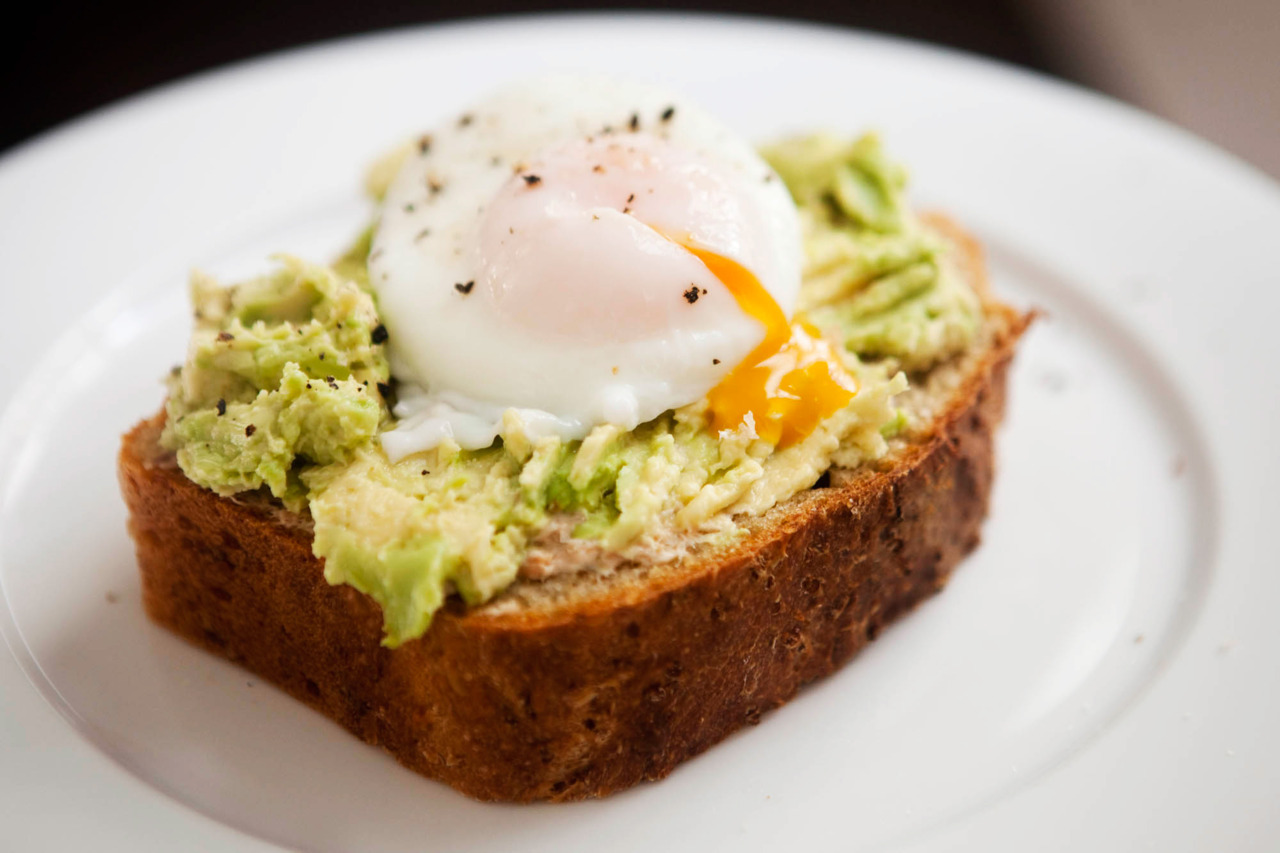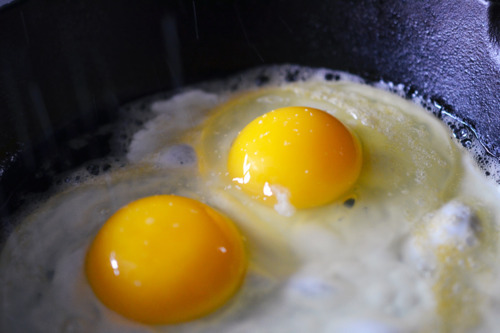Amino acids, vitamins, minerals and trace elements play a significant role in weight loss.
Whether we gradually put on weight or stay slim generally depends on our hormones. And herein lays the key to weight loss: the systematic supplementation of certain amino acids allows us to stimulate the body to produce enough fat-burning hormones – in a natural manner and in harmony with the body's needs.
One important fat-burning hormone is the growth hormone (somatotropin, STH). We produce this hormone while we sleep. It stimulates protein synthesis and boosts fat oxidation. Overweight patients generally have lower STH concentrations, which often hinders weight reduction. Unfortunately, the growth hormone is very expensive (approximately GBP 400–650 for a monthly ration) and must be injected under close and competent medical supervision. It is thus safer to simulate our bodies to secrete this hormone naturally. Certain amino acids have been shown to do this in many cases if sufficient quantities are taken on an empty stomach at night.
Amino acids capable of this are:
- Arginine
- Glutamine
- Methionine
The synthesis of the growth hormone also requires vitamin B6, vitamin B12 and zinc.
Studies have shown that obese patients may have a carnitine deficiency.
In this case, carnitine substitution (food supplementation) is certainly worthwhile. Carnitine is a biocarrier (transport substance), which is synthesised in the liver – and its precursor in the kidneys – from the two essential amino acids lysine and methionine. It acts as a carrier molecule that transports long-chain fatty acids through the inner mitochondrial membrane. Long-chain fatty acids can only pass through the membrane if they have been esterified with carnitine, whereas medium- and short-chain fatty acids can pass without this carrier (transport molecule)
Carnitine as a fat burner
Carnitine transports fatty acids more quickly and throws them into the metabolic furnace. This means that the body is burning fat instead of storing it. Owing to its fat-oxidising effect, carnitine is also used for weight reduction and is often referred to as a “fat burner”.
Carnitine is synthesised in five steps that also involve the essential co-factors vitamin B6, vitamin B12, niacin and folic acid. A deficiency in any of these substances may limit carnitine biosynthesis.
Professor Luppa from the University of Leipzig wrote about the fat-burning capabilities of l-carnitine in his essay from 2004, “in regards to the prevention of obesity, it can be said that current measures to improve the breakdown of fat are more effective than the propagated restrictions on fat intake in the diet. However, the precondition is the optimal functioning of the fat metabolism and its regulation. L-carnitine plays a decisive role as an essential co-factor in both cases. A deficiency in l-carnitine reduces the breakdown of fatty acids in the mitochondrial matrix due to its function as a carrier. L-carnitine is also important in regulating fat and carbohydrate metabolism for it is a substrate of the carnitine palmitoyl transferase (CPT).”
Furthermore, “restrictions in the availability of l-carnitine are not only recognisable in the adaptability of the lipid metabolism as the carbohydrate and protein metabolisms are also affected. As a consequence, reduced blood sugar levels and increased protein degradation can occur.”
There was clear evidence that carnitine can increase fat oxidation in certain cells of the body.
Furthermore, work by two scientists from Switzerland and the USA has now proved that the administration of carnitine can boost mobilization of fatty acids from the adipocytes (fat cells) and also increase oxidation of fatty acids in these cells.
Moreover, sufficient data has been obtained from seven animal models which all clearly prove that carnitine supplementation during a calorie-reduced diet can lead not only to a significant decrease in the body fat compared to a placebo, but also to a simultaneous increase in fat-free muscle mass.
Carnitine facilitates weight management
A 2013 clinical study has attracted a great deal of attention. It showed that dietary supplementation with 500mg L-carnitine per day, in combination with motivational training, already ensures significant weight loss in overweight individuals. Study participants were able to lose an average of 400g of body fat within four weeks, without changing their diets or level of exercise. Waist circumference measurements showed an average decrease of 1.3cm.
Glutamine counteracts fat storage
Glutamine can be converted to glucose in the kidneys without affecting the glucagon and insulin counts. Therefore, it also contributes to the energy supply while being able to bypass insulin-induced fat storage.
It counteracts the storage of dietary fats and thus helps regulate weight. One study showed that supplementation with glutamine in a high-fat diet resulted in a loss of body fat. Furthermore, glutamine can reduce cravings for sugar and alcohol.

The B-vitamins and zinc are also important for fat burning. Vitamin B is very helpful when trying to lose weight, as almost all of the B-vitamins stimulate the body’s ability to break down fat. Moreover, they are also a nutritional source for the nerves, a factor which should not be underestimated, especially by those who wish to lose weight. The B-vitamins riboflavin (B2), niacin (B3), pantothenic acid (B5), biotin (B7) and cobalamin (B12) are responsible for controlling the metabolism and stimulate the breakdown of body fats. They are particularly effective and fast in regards to fat burning. Vitamin B2 is important as it quickly converts proteins, carbohydrates and fats to energy. The trace element zinc has similar properties for it supports the body in processing fat and carbohydrates and it is indispensable for a functioning protein metabolism. Amino acids can therefore only fulfil their important tasks for the lipid metabolism with a sufficient supply of zinc.
Source
http://www.aminoacid-studies.com/areas-of-use/fat-burning.html
Sources
1Rudman, D., Feller, A.G., Cohn, L., Shetty, K.R., Rudman, I.W. & Draper, M.W. (1991) Effects of human growth hormone on body composition Hormone research, Volume 36 supplement 1, (pp. 73-81)
2Merimee, T.J., Lillicrap, D.A. & Rabinowitz, D. (1965) Effect of arginine on serum-levels of human growth-hormone Lancet, Volume 2, issue 7414, (pp. 668-670)
3Welbourne, T.C. (1995) Increased plasma bicarbonate and growth hormone after an oral glutamine load,The American Journal Of Clinical Nutrition, Volume 61, issue 5, (pp. 1058-1061)
4Kasai, K., Kobayashi, M. & Shimoda, S.I. (1978) Stimulatory effect of glycine on human growth hormone secretion, Metabolism, Clinical and Experimental, Volume 27, issue 2, (pp. 201-208)
5Evangeliou, A. & Vlassopoulos, D. (2003) Carnitine Metabolism and Deficit – When Supplementation is Necessary? Current Pharmaceutical Biotechnology (pp. 211-219)
6Müller, D.M., Seim, H., Kiess, W., Löster, H. & Richter, T. (2002) Effects of Oral l-Carnitine Supplementation on In Vivo Long-Chain Fatty Acid Oxidation in Healthy Adults, Metabolism, Vol. 51, issue 11, (pp. 1389-1391)
7Wutzke, K.D. & Lorenz, H. (2004) The Effect of l-Carnitine on Fat Oxidation, Protein Turnover, and Body Composition in Slightly Overweight Subjects, Metabolism, Vol. 53, issue 8, (pp. 1002-1006)
8Reda, E., D'Iddio, S., Nicolai, R., Benatti, P. & Calvani, M. (2003) The Carnitine System and Body Composition, Acta Diabetol, issue 40, (pp. 106-113)
9Odo, S., Tanabe, K. & Yamauchi, M. (2013) A Pilot Clinical Trial on L-Carnitine Supplementation in Combination with Motivation Training: Effects on Weight Management in Healthy Volunteers, Food and Nutrition, Volume 4, (pp. 222-231)
10Prada, P.O., Hirabara, S.M., de Souza, C.T., Schenka, A.A., Zecchin,H.G., Vassallo, J., Velloso, L.A., Carneiro, E., Carvalheira, J.B., Curi, R. & Saad, M.J. (2007) L-glutamine supplementation induces insulin resistance in adipose tissue and improves insulin signalling in liver and muscle with diet-induced obesity,Diabetologia, Volume 50, issue 9, (pp. 149-159)
11Bowtell, J.L., Gelly, K., Jackman, M.L., Patel, A., Simeoni, M. & Rennie, M.J. (1999) Effect of oral glutamine on whole body carbohydrate storage during recovery from exhaustive exercise, Journal Of Applied Physiology, Volume 86, issue 6, (pp. 1770-1777)






















